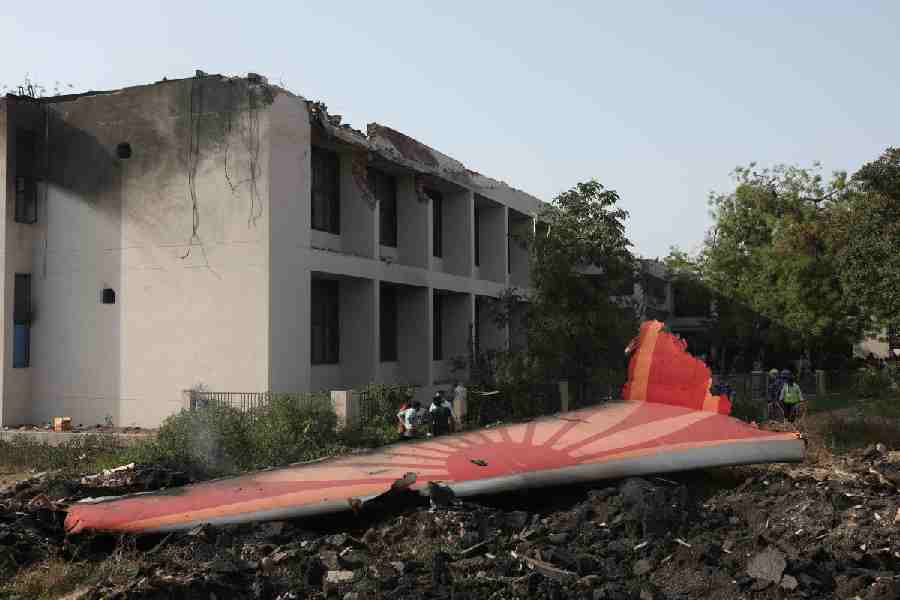|
|
| Alexander: passage to India |
HISTORIC BATTLEFIELDS OF PAKISTAN
By Johnny Torrens-Spence, Oxford, Rs 495
Geography is the mother of history, more so in the case of military history. Certain regions, owing to their strategic location, become sites for contest. Even today, terrain and climate decide where battles and sieges would occur and in what season. To give an example, John Keegan in A History of Warfare, shows that till the 19th century, most of the naval battles had occurred near the coastline rather than in mid-ocean. However, the geographical aspect of south Asian military history is yet to be studied in depth.
Johnny Torrens-Spence, a British military officer-turned-scholar, makes a case study of 18 most important battles and sieges that occurred in the territory now known as Pakistan, from the dawn of history till the end of the 19th century. The author has left out 20th century battles for the fact that they are somewhat covered in other books.
He begins with the invasion of Alexander, because Greek accounts are the first military historical literature of ancient India. In 326 BC, Alexander laid siege to the fortress of Aornos, now known as Pir Sar ridge in modern Beshem in the Shagla hills. This godforsaken hilltop was important because the fort on it dominated the passage to the bank of the Indus. After taking Aornos, Alexander crossed the Indus, then Jhelum, and in March, 326 BC fought the Battle of Hydaspes in the Karri plain near modern Jalapur Sharif.
Important geographical locales, which in the language of strategic geography are known as choke points, retain their importance even after so many centuries. Control over the region around Aornos was necessary to keep order among the ‘unruly’ tribesmen of Swat and Buner. Domination over Swat and Buner was required for an invader to cross into India and for the Indian powers to maintain the subcontinent’s “scientific frontier’ along the Indus. All the invasions except the Japanese one of 1944 had occurred across the Indus. If the defence line around the Indus was breached, there was no stopping the enemy, who had the plains of Punjab for manoeuvering and sustaining his armies.
The British, fearing a Russian invasion from Central Asia, launched several expeditions in the trans-Indus region in the second half of the 19th century. Torrens-Spence covers the siege of Chitral (1895) and the twin sieges of Malakand and Chakdara in 1897. The Mughals, manning a pan-Indian empire too, knew the importance of the “scientific frontier” along the Indus. Akbar started the policy of sending expeditions to bring the region under imperial orbit. Torrens-Spence explains the Mughal debacle in the Battle of Malandari Pass against the Yusufzai tribe in 1586 AD.
Although the author does not mention it, even the pre-Mughal Indian powers like the Mauryas and the Guptas were obsessed with establishing control over the rugged hills and frontier tribesmen of Indus because the principal invasion route lay along that region. In 305 BC, Seleucus was defeated by Chandragupta Maurya on the bank of the Indus. And in the mid 6th century AD, Skandagupta defeated the Huns on the bank of the same river.
Historic Battlefields of Pakistan goes beyond narrow confines and opens up bigger issues of strategic defence of the subcontinent. The Indus region, now Northwest Frontier Province of Pakistan remains a headache for the American policy-makers. Probably the Indus region, in Owen Lattimore’s words, is the inner frontier zone shaping the dynamics of the core.












